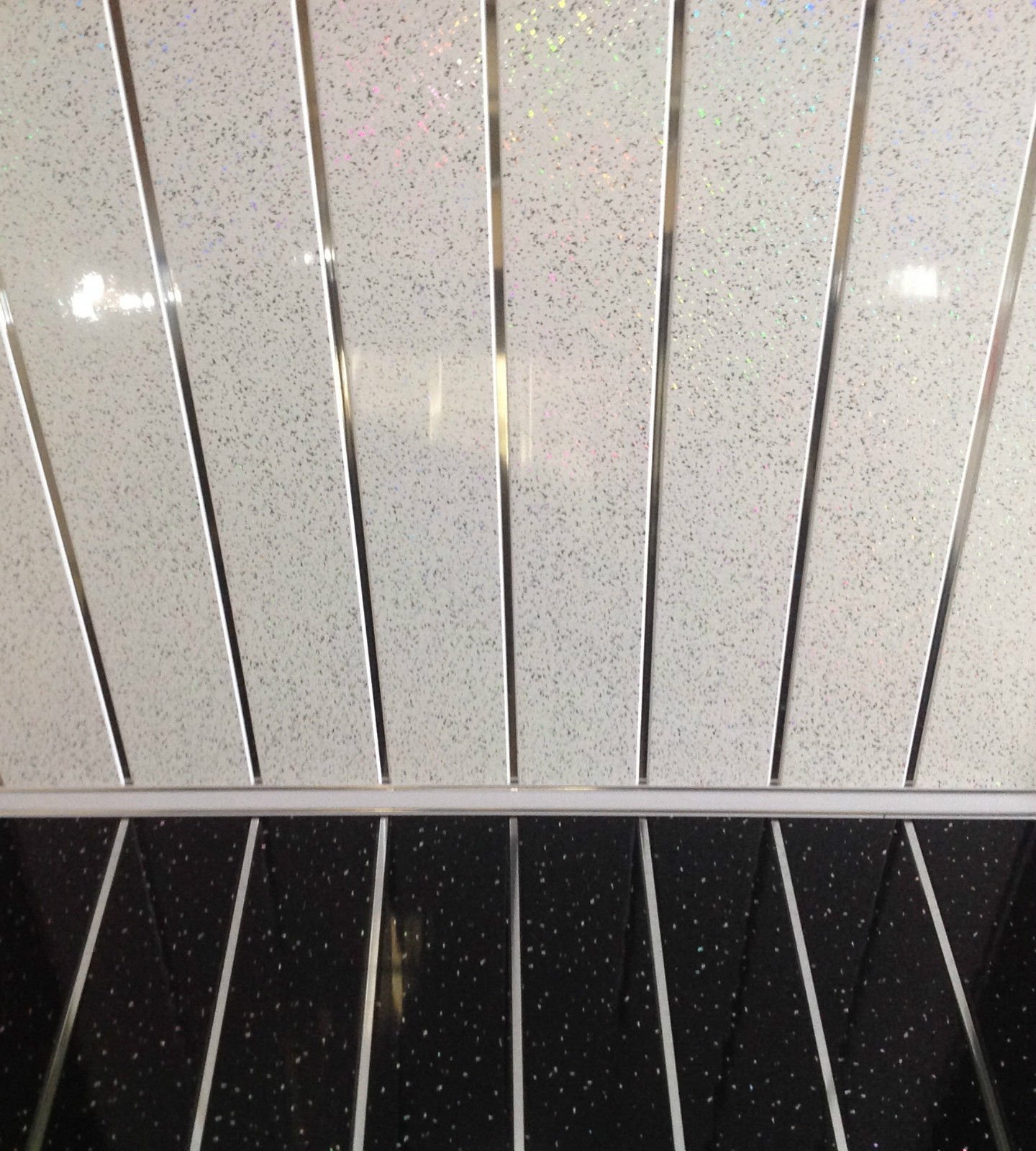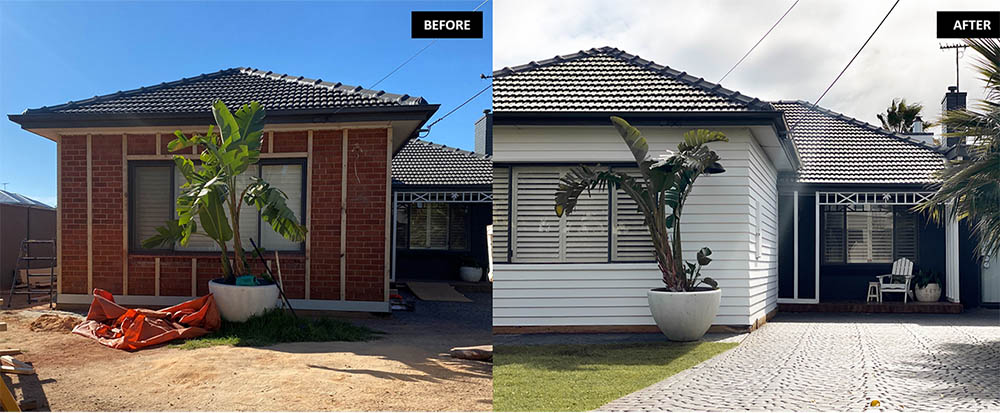When it comes to home improvement and renovation, one of the most common challenges homeowners face is how to cover an unsightly block wall. Whether it’s in a basement, garage, or outdoor space, block walls can be unappealing and may detract from the overall aesthetic of your property. Fortunately, there are several economical methods to cover a block wall that not only enhance its appearance but also provide additional benefits such as insulation and moisture resistance. In this article, we will explore the cheapest ways to cover a block wall, ensuring that you can achieve a polished look without breaking the bank.
- Paint: The Most Affordable Option
One of the simplest and most cost-effective ways to cover a block wall is to paint it. A fresh coat of paint can transform a dull, gray wall into a vibrant feature of your space. Here are some tips for painting block walls effectively:
- Preparation: Clean the wall thoroughly to remove any dirt, dust, or mildew. A pressure washer can be particularly effective for outdoor walls.
- Primer: Use a masonry primer to ensure that the paint adheres properly. This step is crucial for achieving a long-lasting finish.
- Paint Selection: Choose a high-quality exterior or interior paint designed for masonry. These paints are formulated to withstand moisture and temperature fluctuations.
- Application: Use a roller for large areas and a brush for corners and edges. Multiple coats may be necessary for full coverage.
- Vinyl or PVC Panels: A Durable Alternative
If you’re looking for a more durable solution, consider covering your block wall with vinyl or PVC panels. These materials are not only affordable but also resistant to moisture, making them ideal for basements or outdoor areas. Here’s how to install them:
- Measurement: Measure the wall accurately to determine how many panels you will need.
- Installation: Panels can be installed using adhesive or screws, depending on the type of panel you choose. Ensure that they are aligned properly for a seamless look.
- Finishing Touches: Trim the edges with molding or corner pieces for a polished finish.
- Wood Paneling: A Warm and Inviting Look
For those who prefer a more natural aesthetic, wood paneling can be an excellent choice. While it may be slightly more expensive than paint, it can still be a budget-friendly option, especially if you opt for reclaimed wood or plywood. Here’s how to approach this method:
- Select Your Material: Choose between plywood sheets, reclaimed wood, or tongue-and-groove boards. Each option has its unique charm and price point.
- Preparation: Ensure the block wall is clean and dry. You may need to add furring strips to create a level surface for the wood.
- Installation: Attach the wood panels using nails or adhesive. Staggering the seams can create a more visually appealing look.
- Finishing: Consider staining or sealing the wood to enhance its durability and appearance.
- Fabric or Textile Solutions: Softening the Space
Another innovative and inexpensive way to cover a block wall is by using fabric or textiles. This method is particularly effective in indoor spaces where you want to add warmth and texture. Here’s how to implement this idea:
- Choose Your Fabric: Select a durable fabric that complements your decor. Canvas, burlap, or upholstery fabric can work well.
- Mounting: Use a curtain rod or a tension rod to hang the fabric. This allows for easy removal and cleaning.
- Layering: For added visual interest, consider layering different fabrics or using a combination of colors and patterns.
- Masonry Veneer: A Touch of Elegance
If you’re willing to invest a bit more for a high-end look, masonry veneer can be a stunning option. While it may not be the cheapest solution, it offers a beautiful finish that can increase your property’s value. Here’s how to approach this method:
- Material Selection: Choose from a variety of veneer options, including stone, brick, or tile.
- Installation: This method typically requires professional installation, but it can be worth the investment for the aesthetic appeal.
- Maintenance: Ensure that the veneer is sealed properly to prevent moisture infiltration.
Conclusion
Covering a block wall doesn’t have to be an expensive endeavor. By exploring various budget-friendly options such as painting, vinyl panels, wood paneling, fabric solutions, or even masonry veneer, you can enhance the appearance of your space without straining your finances. Each method has its unique benefits and aesthetic appeal, allowing you to choose the best fit for your needs and style. Remember to consider the long-term maintenance and durability of the materials you select, ensuring that your investment stands the test of time. With a little creativity and effort, you can transform your block wall into a stunning feature of your home.


